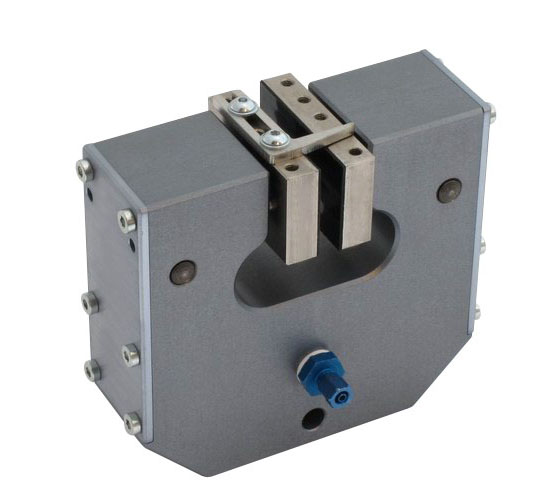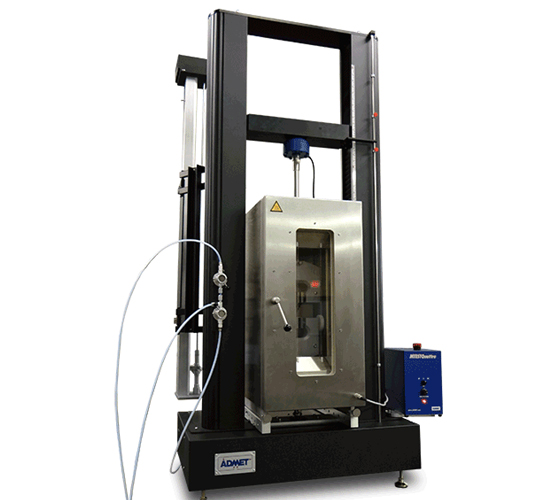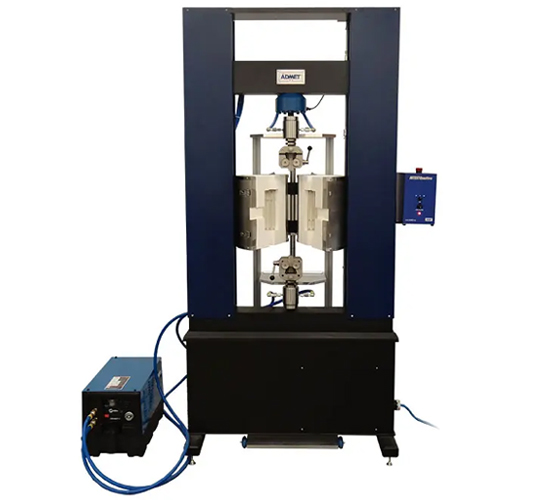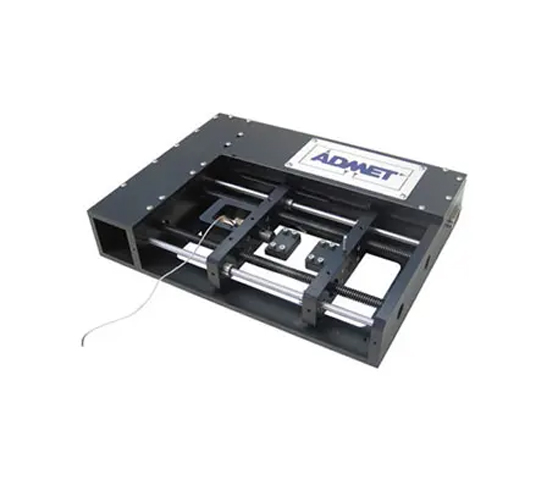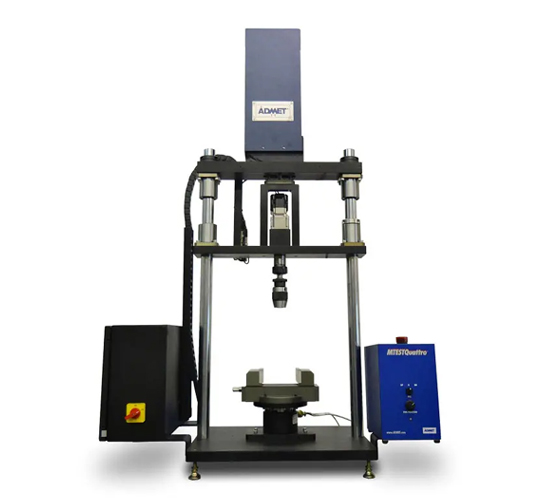Compression Platens are essential tools for compression testing, offering reliable support and uniform pressure distribution for a wide range of materials. These platens are typically used in universal testing machines (UTMs) for testing the compressive strength, elasticity, and other mechanical properties of materials. Below are the key applications for Compression Platens:
Compression Testing:
- Compression platens are primarily used in compression testing, where materials are subjected to compressive forces to determine their behavior under stress. The platens provide a flat surface to ensure that the force is uniformly distributed across the specimen.
- Ideal for materials like concrete, metals, plastics, rubber, and composites.
Construction Materials Testing:
- Used extensively in the construction industry for testing building materials such as concrete blocks, bricks, cement, and mortar.
- Helps to determine compressive strength according to standards such as ASTM C39 for concrete.
Foam and Rubber Testing:
- Suitable for testing the compressive strength and deformation characteristics of foam, rubber, and elastomers. Common in industries like packaging and automotive, where foams and rubbers are used for cushioning or insulation.
- Can be used for Indentation Force Deflection (IFD) tests of foam materials.
Polymer and Plastic Testing:
- Used for testing plastics and polymers under compressive forces to evaluate properties such as yield strength, plasticity, and creep resistance.
- Important for testing materials that will be used in applications such as packaging, automotive parts, and consumer goods.
Metal Testing:
- Compression platens provide a consistent and controlled environment for testing metals, especially ductile metals and alloys, for characteristics such as plastic deformation, yield stress, and tensile-to-compressive strength ratio.
- Used for materials like steel, aluminum, and titanium.
Ceramics and Glass Testing:
- Used to test ceramic materials and glass under compressive forces to evaluate their fragility and strength.
- Helps ensure that the material can withstand the stresses it will face in real-world applications, such as in construction or consumer products.
Geotechnical Testing:
- Used for testing materials such as soil samples, rock samples, or aggregate materials to evaluate their compressive strength and behavior under load.
- Critical for the construction of foundations, roads, and other infrastructure.
Food Industry Testing:
- Used to measure the compressibility and texture of food products such as breads, cakes, and fruits to evaluate their quality.
- Helps in quality control for the food industry to ensure that products meet texture and consistency requirements.
Battery Materials Testing:
- Compression platens can be used in the testing of battery electrodes and other components, especially in lithium-ion battery materials, to evaluate their compressive strength and failure points under stress.
Medical Devices Testing:
- Used in testing components like orthopedic implants, surgical tools, and prosthetics under compressive forces to simulate real-life conditions and ensure their reliability and safety.
- Essential for meeting medical device regulatory standards for materials used in implants and prosthetics.
Industry Applications:
Construction and Civil Engineering:
- Tests materials used in construction, such as concrete, bricks, and asphalt, to ensure that they meet strength and safety standards.
Automotive:
- Used in testing parts like bumpers, suspension components, and body panels for their compressive strength and ability to withstand impacts.
Aerospace:
- Ensures that aerospace components, such as composite materials and titanium alloys, can withstand the compressive forces experienced during flights.
Medical Devices:
- Plays a key role in testing medical devices and materials like orthopedic devices, implants, and prosthetics to ensure they perform well under body stresses.
Packaging:
- Tests packaging materials such as plastic containers, films, and cardboard to evaluate how they will perform under compressive forces during transportation and handling.
Manufacturing:
- Used in quality control and R&D for materials used in manufacturing processes, such as metal stamping, casting, and injection molding.
Rubber and Foam Industries:
- Helps determine the compression resistance of foams and rubbers used for padding, sealing, and insulation purposes in various industrial and consumer applications.
Advantages of Compression Platens:
- Uniform Pressure Distribution: Ensures uniform application of force across the specimen, providing more accurate and reliable test results.
- Wide Material Compatibility: Can be used for a broad range of materials, from brittle ceramics to ductile metals and soft foams.
- Precise Measurement: Supports accurate measurements of compressive strength, modulus, and deformation.
- Durable Construction: Built to withstand high compressive forces, ensuring long-lasting performance in heavy-duty testing.
- Adjustable Options: Some platens are adjustable to accommodate different specimen sizes and shapes, offering flexibility in testing.
Compression Platens provide a reliable and accurate solution for compression testing across many industries. Their ability to handle various materials and offer consistent force application makes them essential tools for material testing in construction, automotive, medical, and other fields requiring high-quality compression data.

